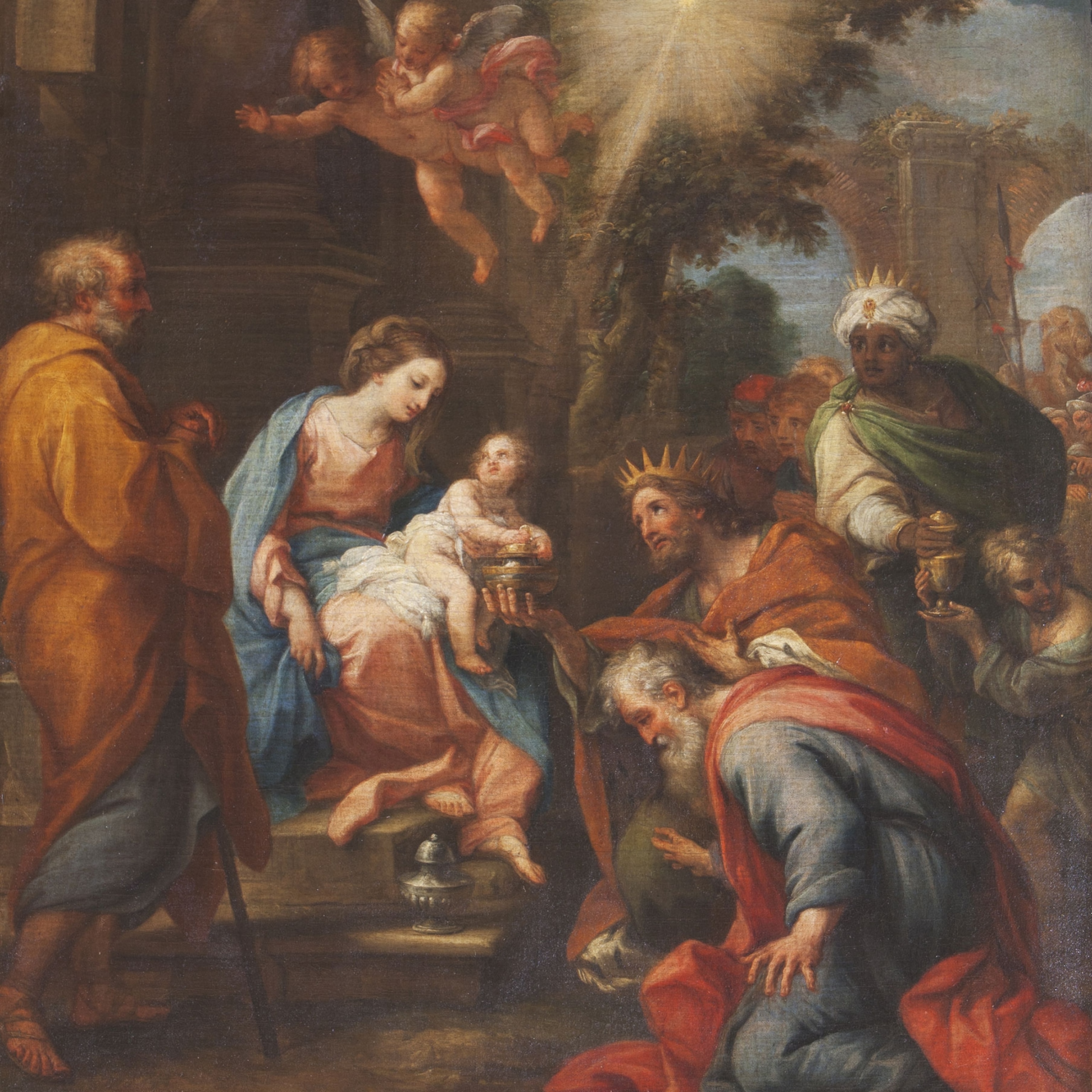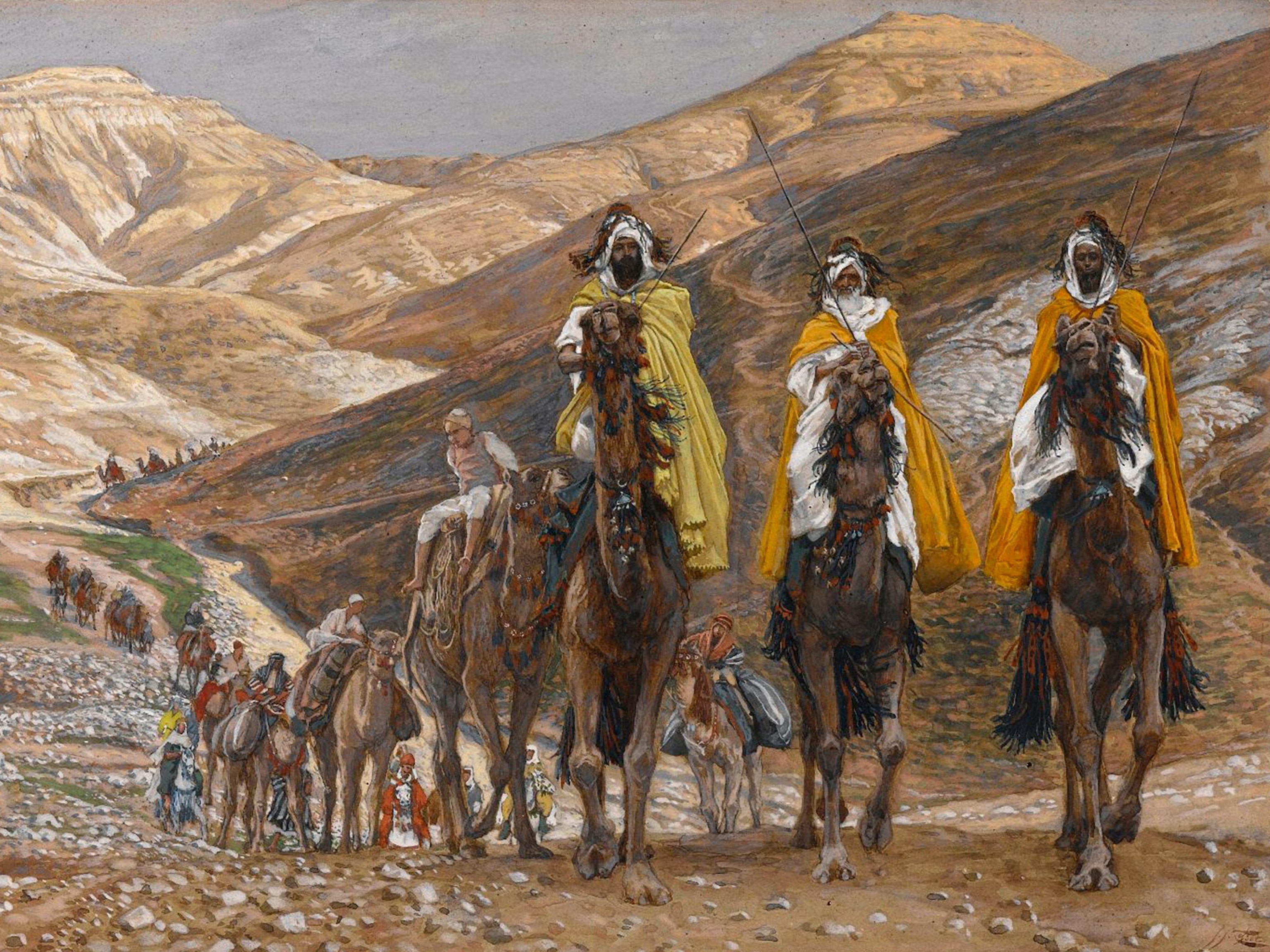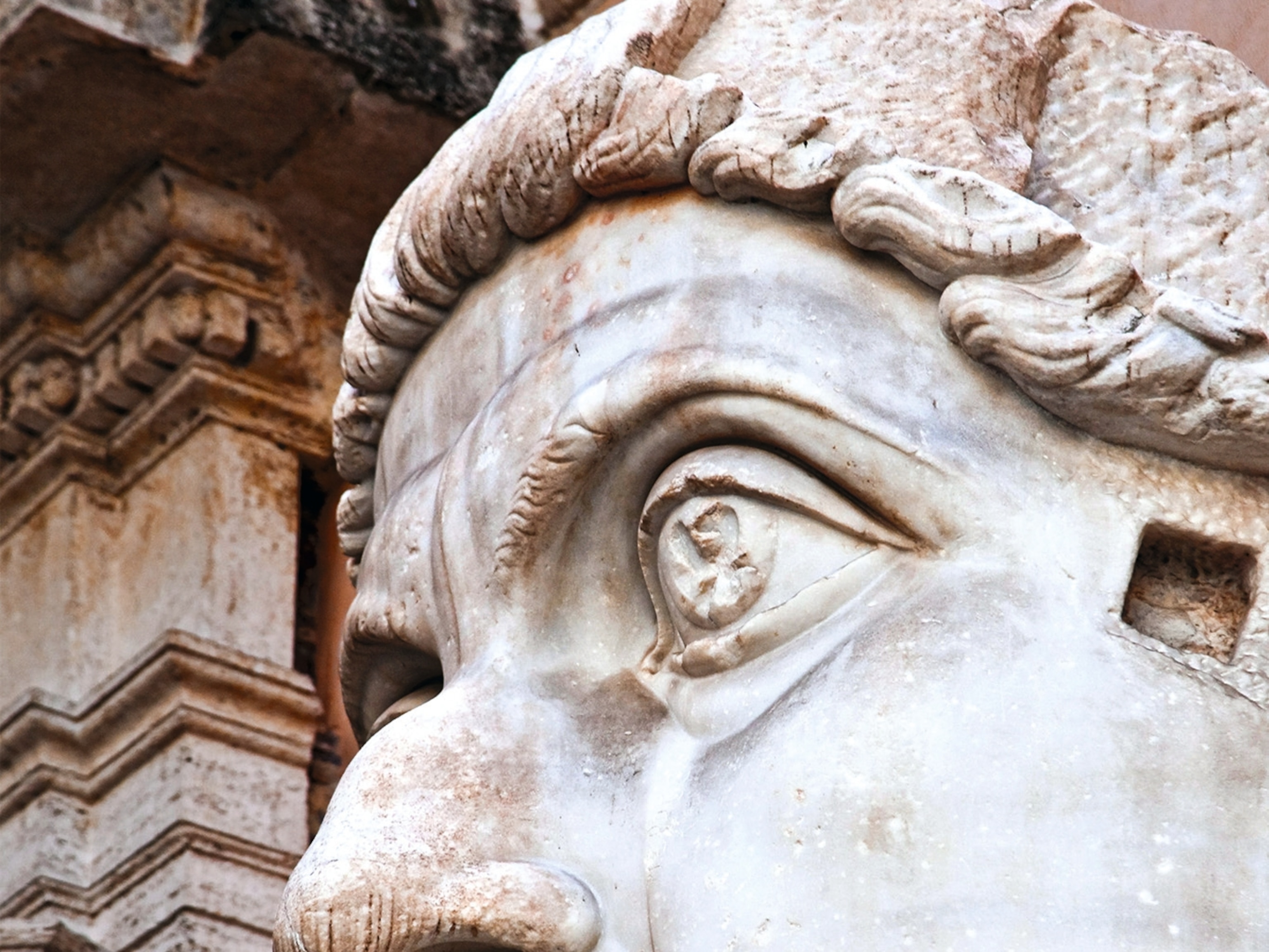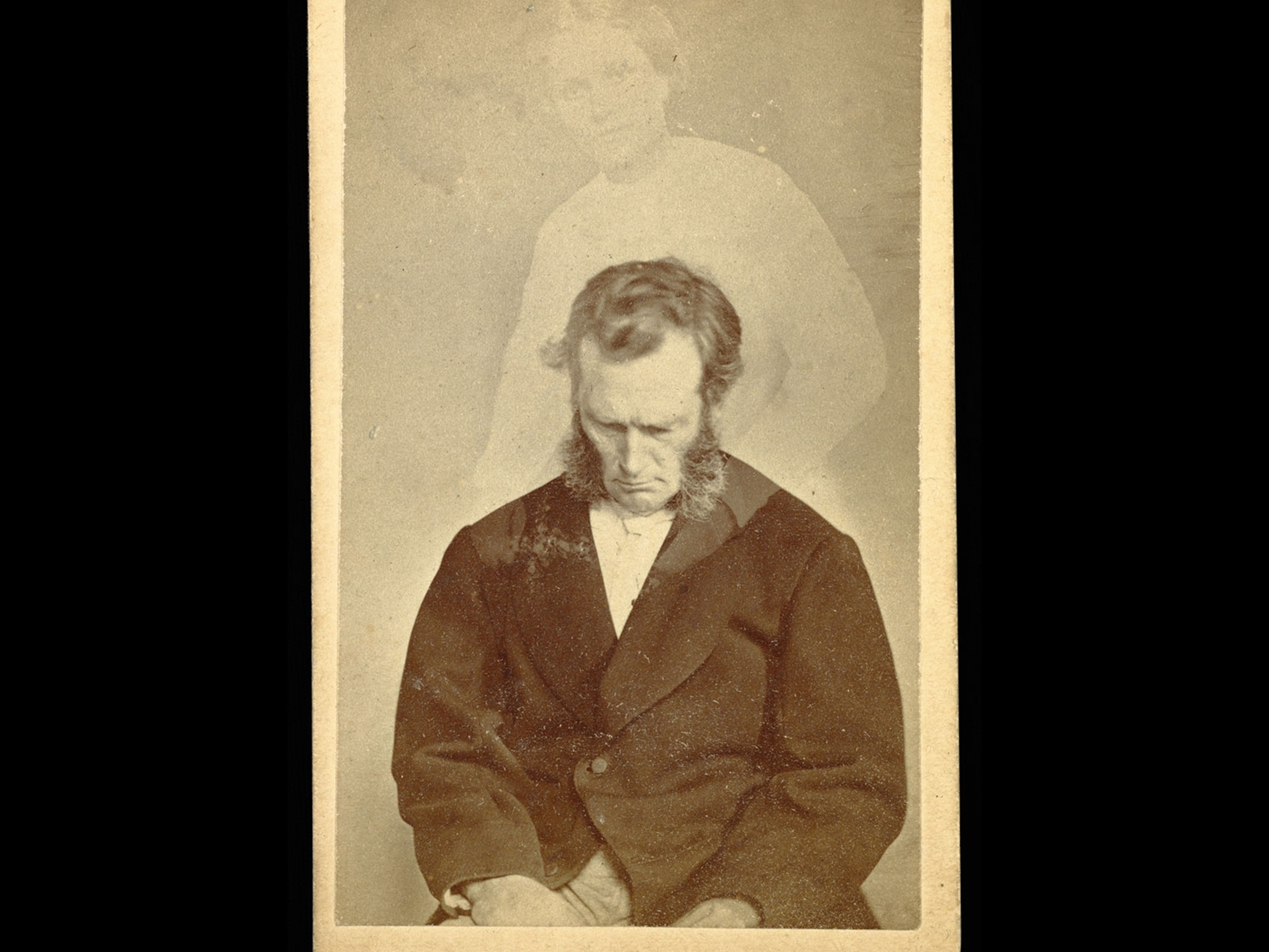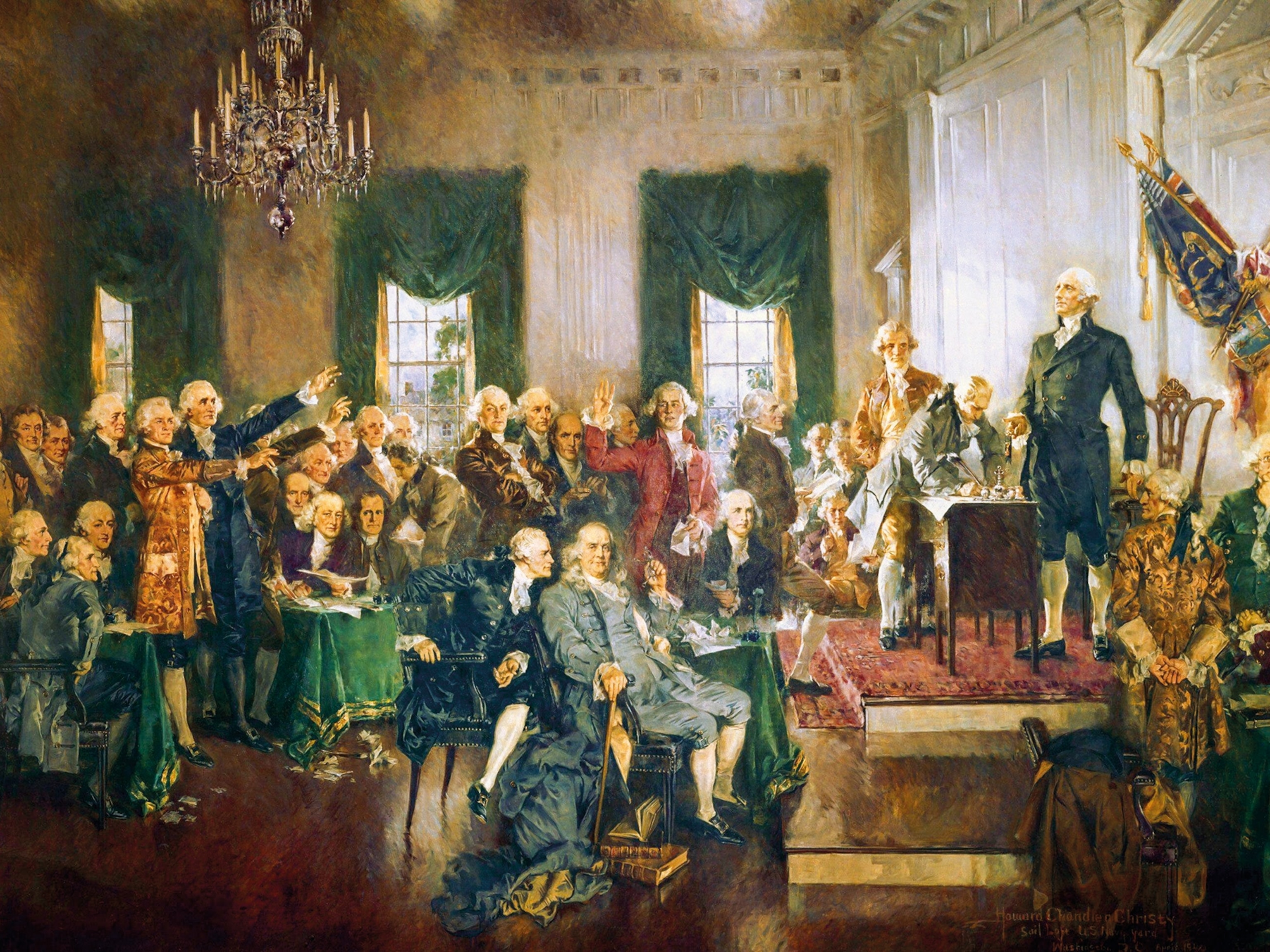
Their identity was forged through resistance: Inside the lives of Brazil’s quilombos
Afro-Brazilians find strength in the nearly 6,000 communities established by ancestors who escaped slavery.
Givânia Maria da Silva knows challenges. She was born in an eastern Brazil community founded by African women who were victims of the Atlantic slave trade. Like many descendants of enslaved people, Silva, 56, faced racial discrimination—and worse—while growing up in Brazil, the last country in the Western Hemisphere to ban slavery.
She endured death threats when she was younger, often from outsiders who tried to seize the land where she and her family lived in a quilombo, one of the thousands of communities in Brazil established by people who escaped slavery.
Silva went on to become the first woman from Conceição das Crioulas to earn a college degree—an extraordinary achievement in a nation where quilombo residents have long struggled for individual and property rights. It’s a part of Brazil’s history that is often overlooked.

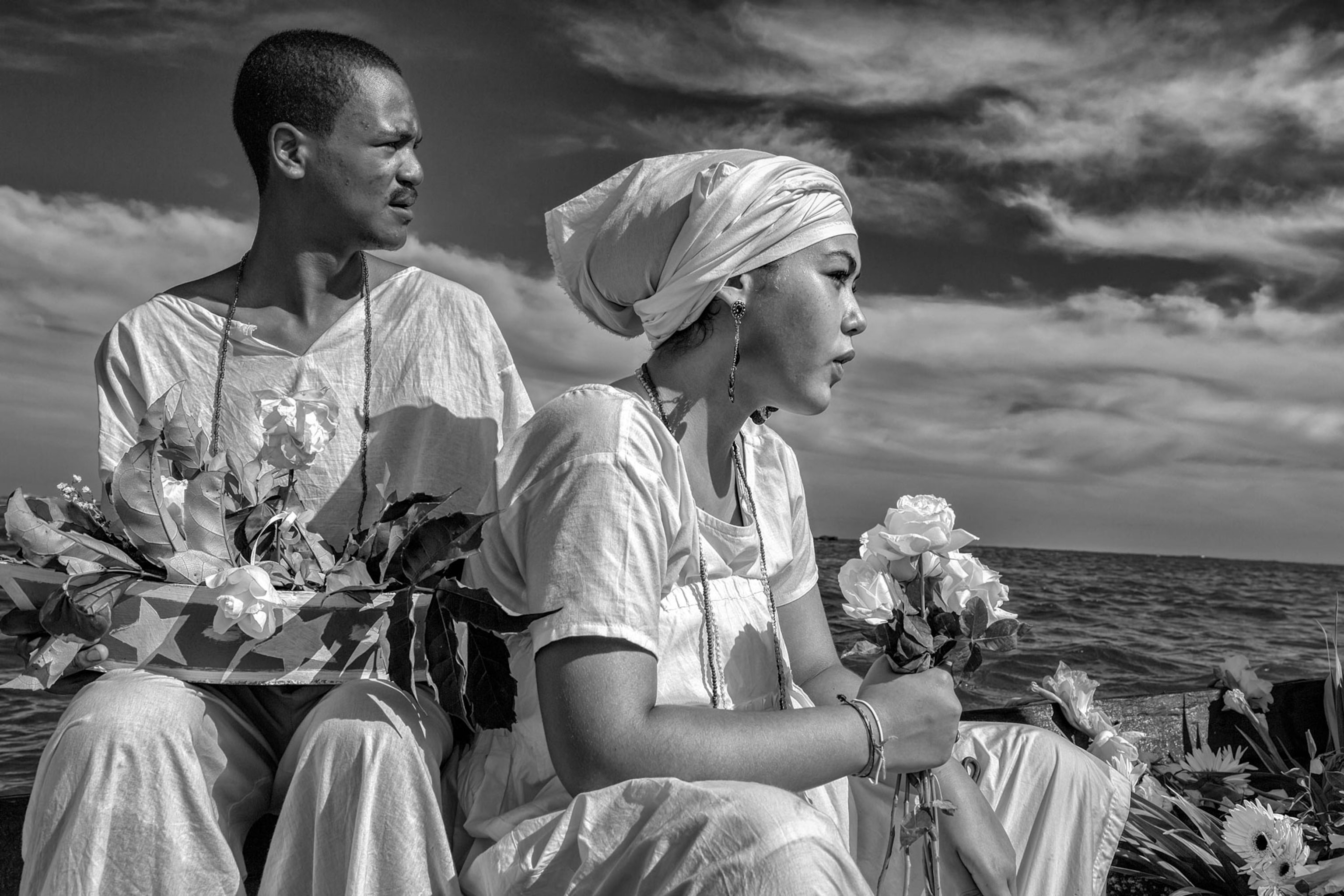
As a teacher and activist, Silva has devoted 30 years to researching ways to engage students and create curricula that examine the history of quilombos, the violence and oppression that have plagued them for centuries, and the vibrant culture that has thrived within them, despite it all.
It wasn’t until 1988—a hundred years after slavery was abolished in Brazil—that the country’s constitution recognized the property rights of Afro-Brazilians who live in quilombos. But ownership remains rare, and obtaining land titles is still difficult. Persistent inequality and stigmatization continue to be weights on descendants of enslaved people.
“Abolition is told as something that brought only benefits to Blacks, when in fact the way in which abolition was executed left Blacks on the street, homeless and landless,” says Silva, executive director of the National Coordination of Articulation of Black Rural Quilombola Communities (CONAQ). “That remains so.”
Quilombos have long been symbols of resistance to bondage and oppression in Brazil. Silva says they represent “the struggle to recognize the rights of Blacks and the role that Blacks played in the whole process of violence that began with their kidnapping from African territory.”

Conceição das Crioulas is in the state of Pernambuco and has about 4,000 residents. Women settled there by the beginning of the 19th century, according to oral history, “but we don’t know why they came alone,” Silva notes.
The largest and most famous quilombo, known as Palmares, was in today’s neighboring state of Alagoas. It grew to include more than 20,000 residents but was destroyed by Portuguese forces in 1694. The site, although no longer inhabited, is now a memorial park.
Belonging to a quilombo is not primarily about the color of one’s skin, Silva says. Rather, the common bond is “the relationship that that group established in the process of resistance to slavery. The word was taken to mean a group of people who fight, who resist, who reorganize.”
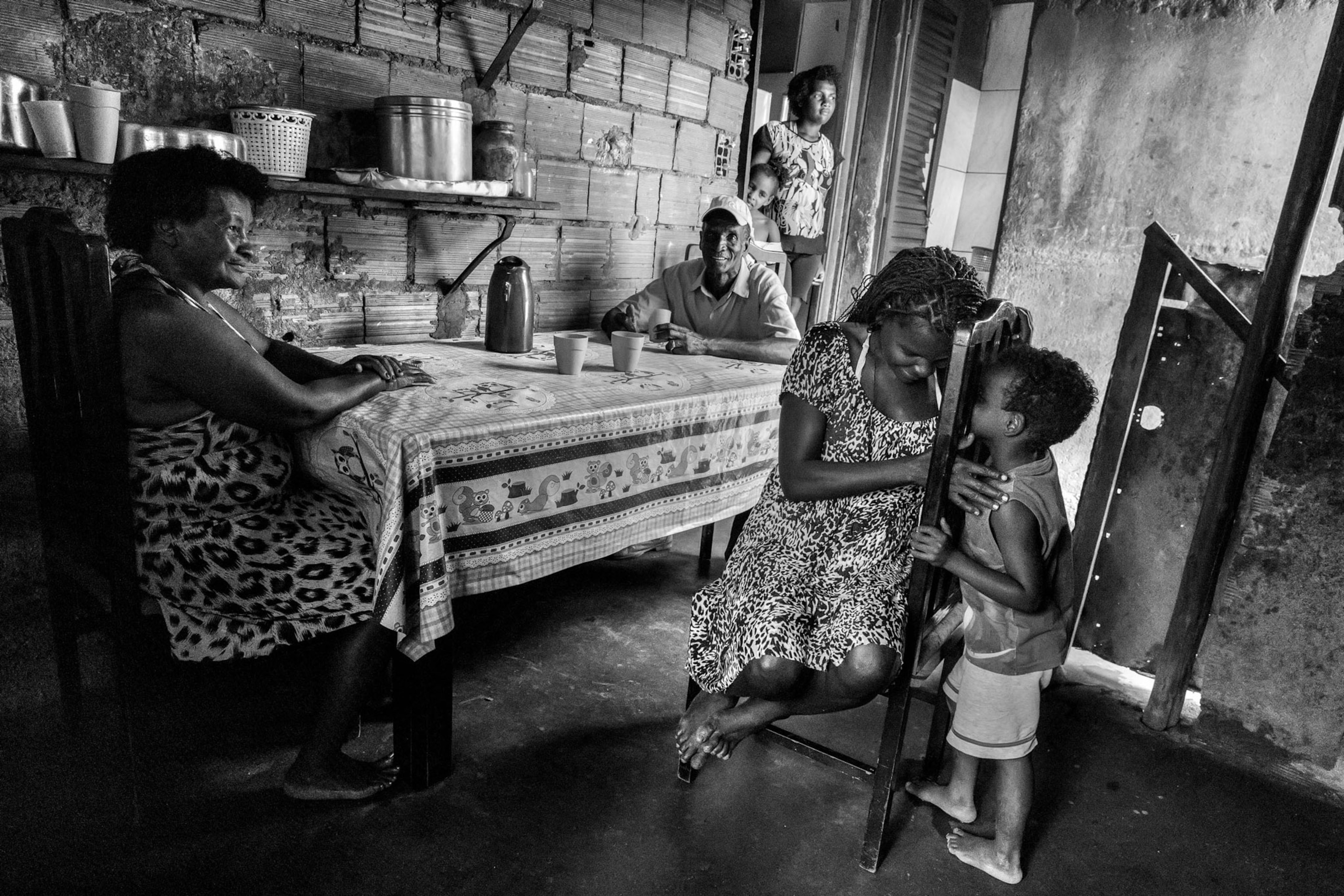
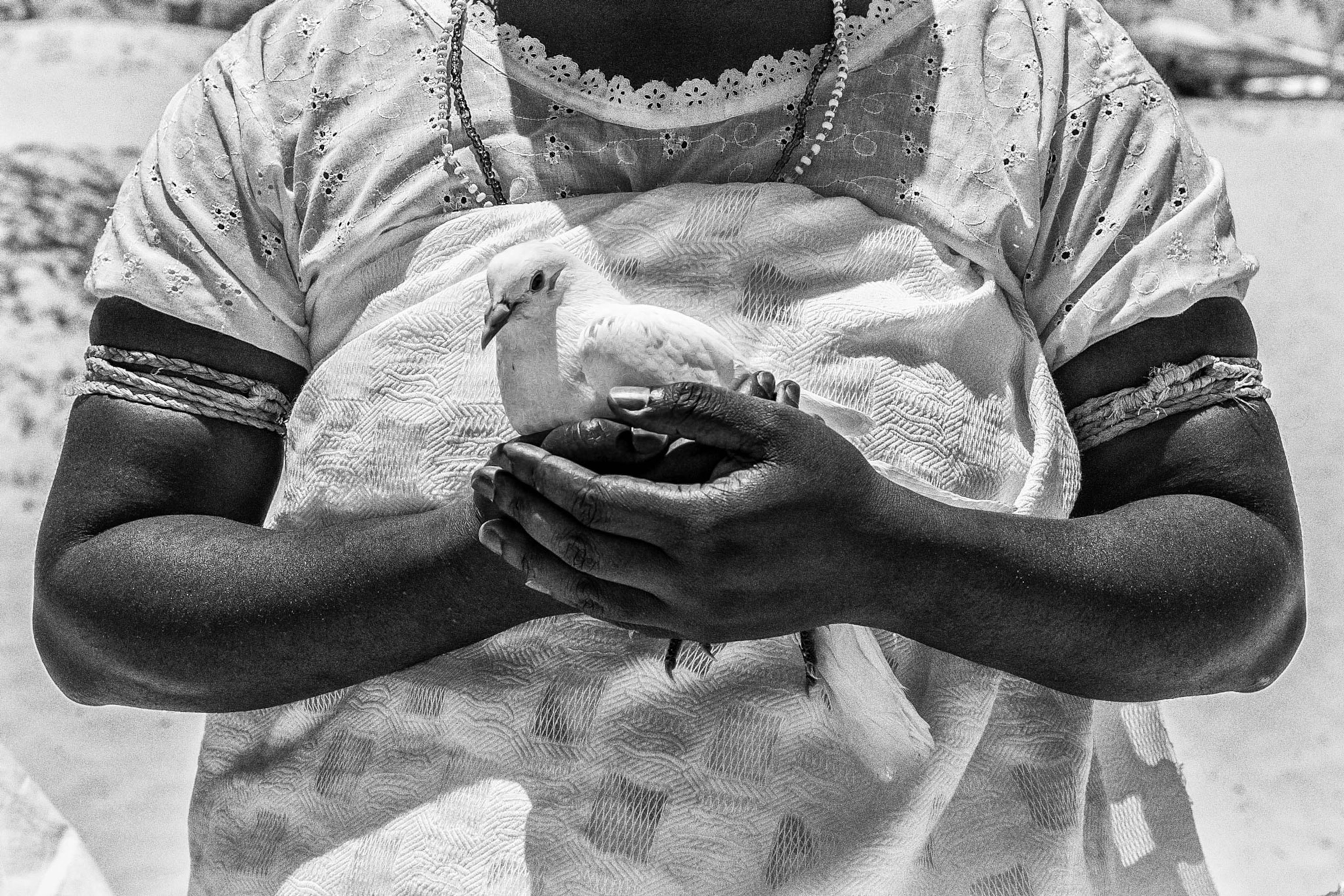
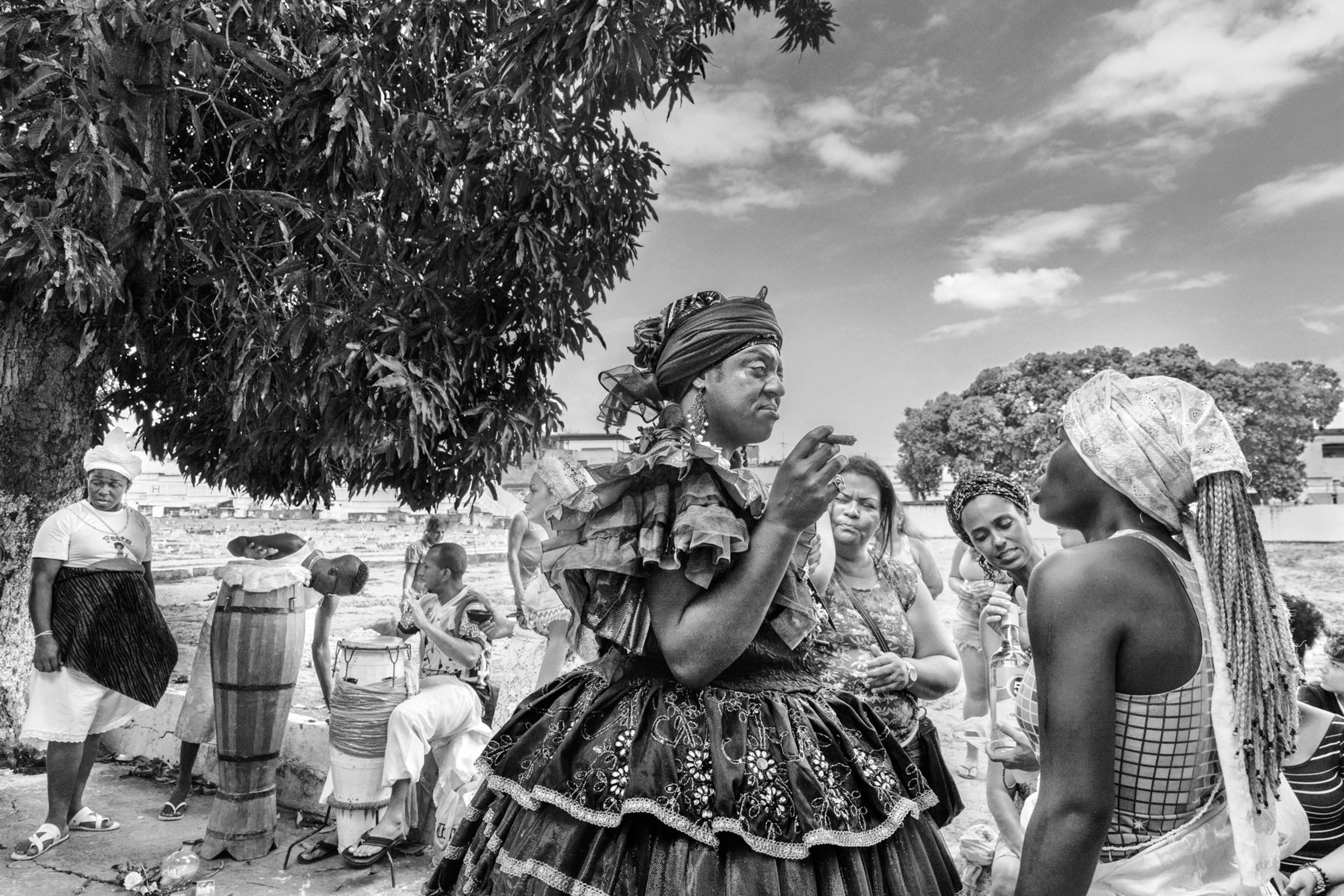
As early as 1530 and continuing for 350-plus years, ships brought more enslaved Africans to Brazil—some 4.8 million—than to any other nation in the Americas. By 1888, when slavery was formally abolished, many captives had escaped and founded their own communities.
Official statistics show that an estimated 1.1 million people live in about 5,900 quilombos spread across the country (CONAQ places the number of quilombos at about 6,500). Today, 34 years after Brazil recognized property rights for people of African descent living in quilombos, less than 10 percent of the communities have been granted protected status by the government, which would safeguard them from development, similar to Indigenous lands.
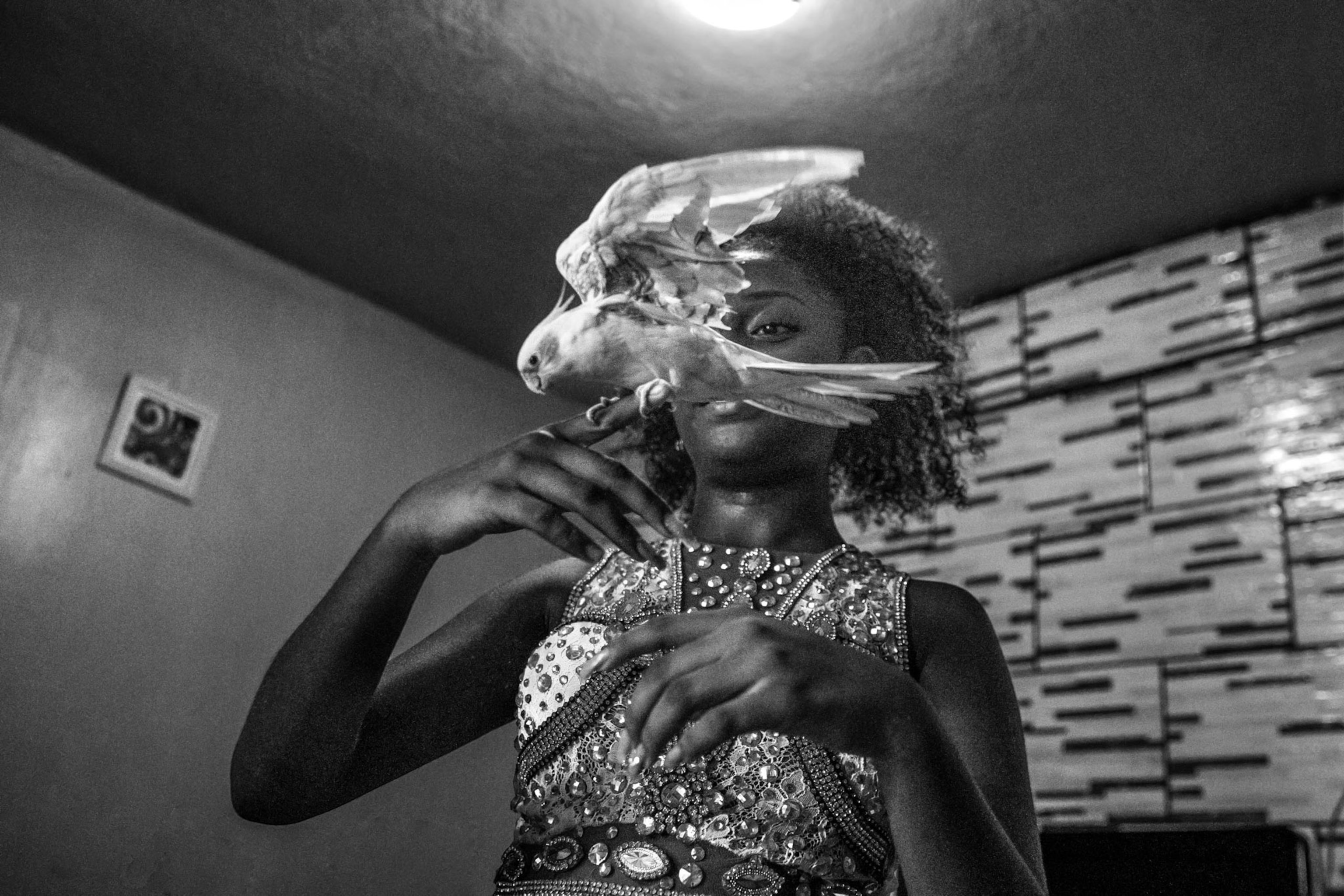
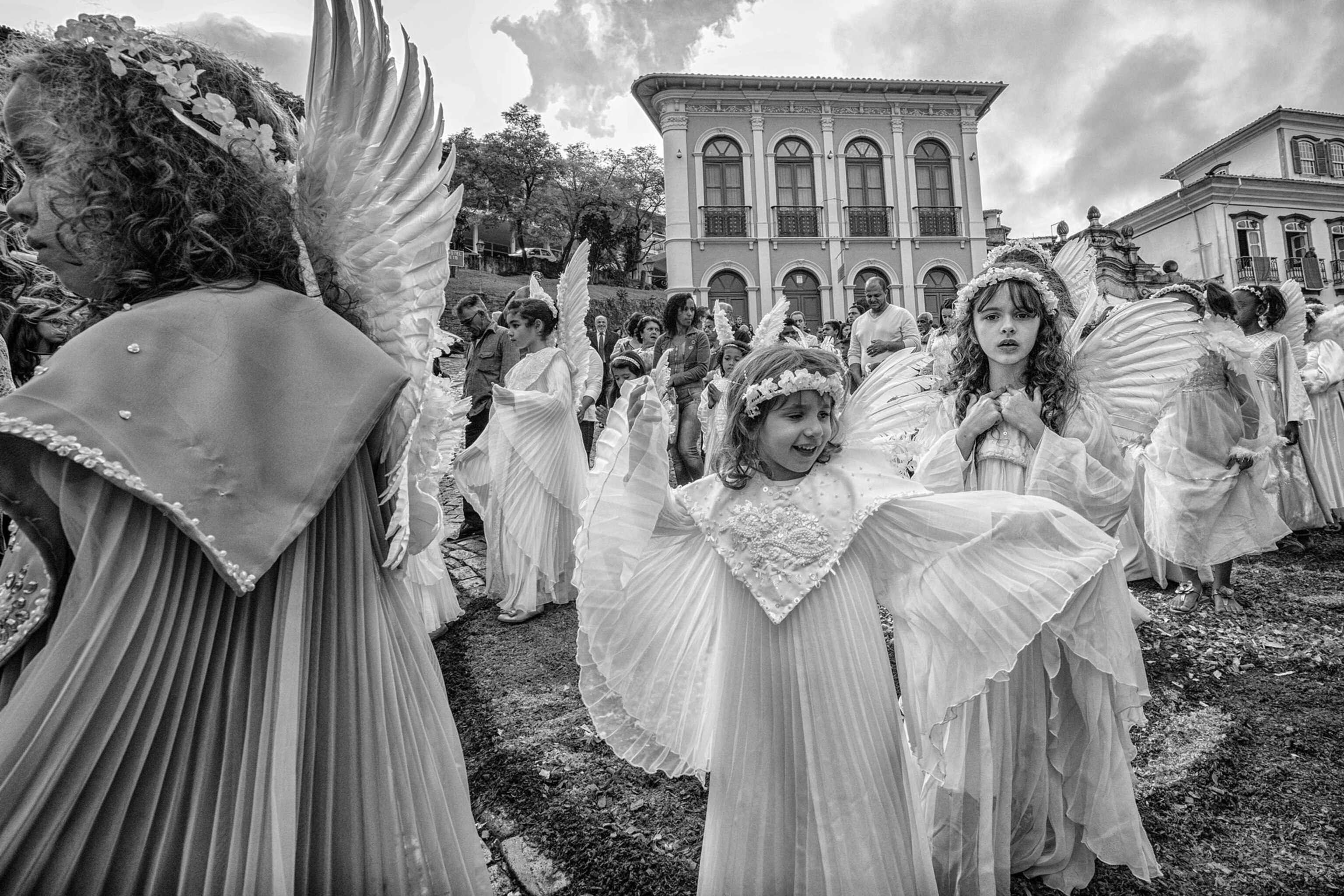
Nearly 56 percent of Brazilians—about 119 million people—say they’re of African descent, according to the Brazilian Institute of Geography and Statistics. Even so, the majority of leadership positions in business, politics, and the arts are held by whites. The average income of Afro-Brazilians is not much more than half that of whites, a 2020 study by the institute indicates. That wage-gap ratio has barely changed in at least a decade.
“In the city, the bosses want us for manual labor. We work a lot but earn very little, so it is still a slave process,” says Benedito de Freitas, 42, who lives in Comunidade Remanescente Quilombola João Surá in the southeastern region of Brazil.
Like those in the other 55 families there, de Freitas has ancestors who fled enslavement at the region’s gold mines and settled in the jungle. “If we exist today, it is because our ancestors sought freedom,” he says. “It is here [in quilombos] where they respect Black men and women, even when they are oppressed.”
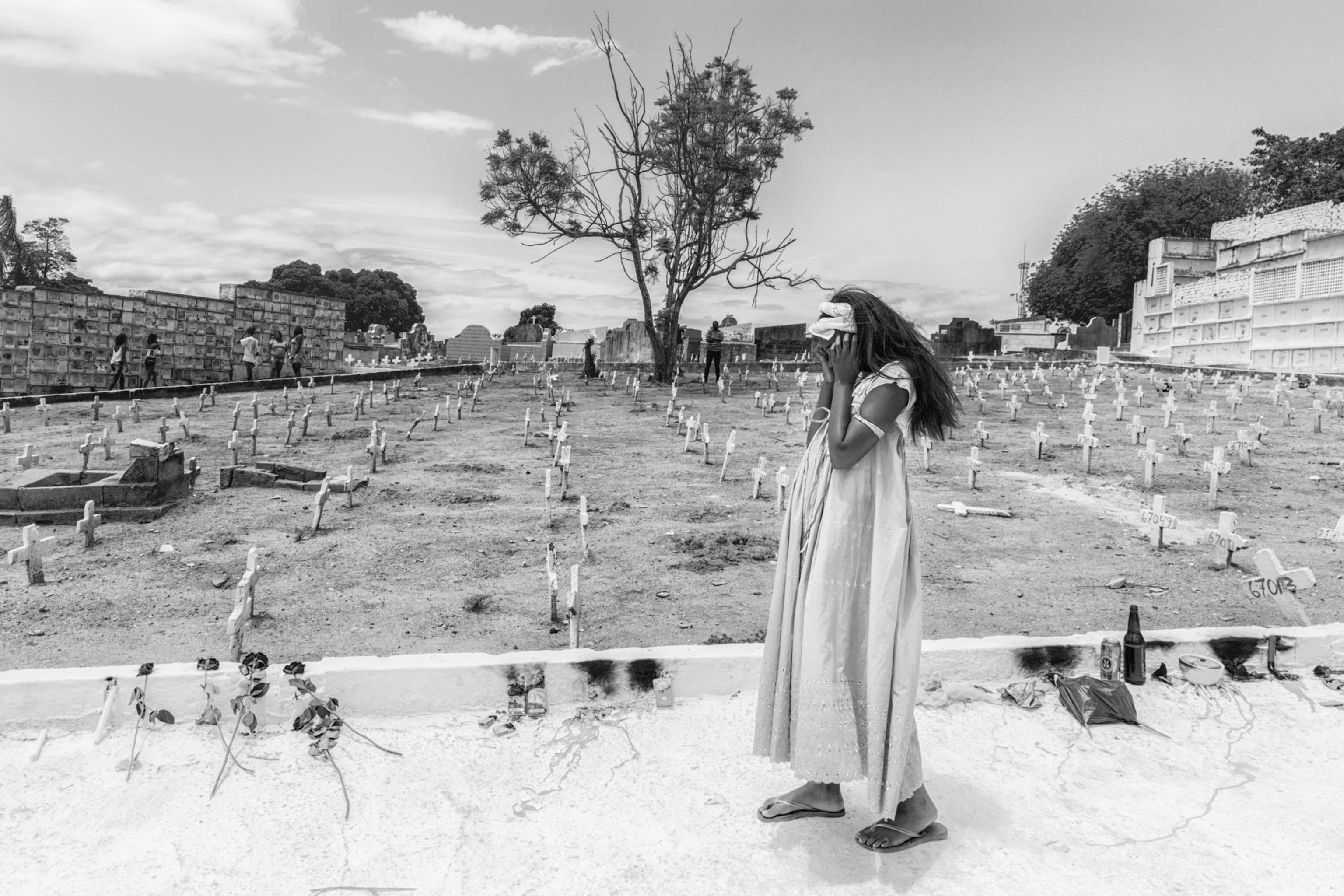
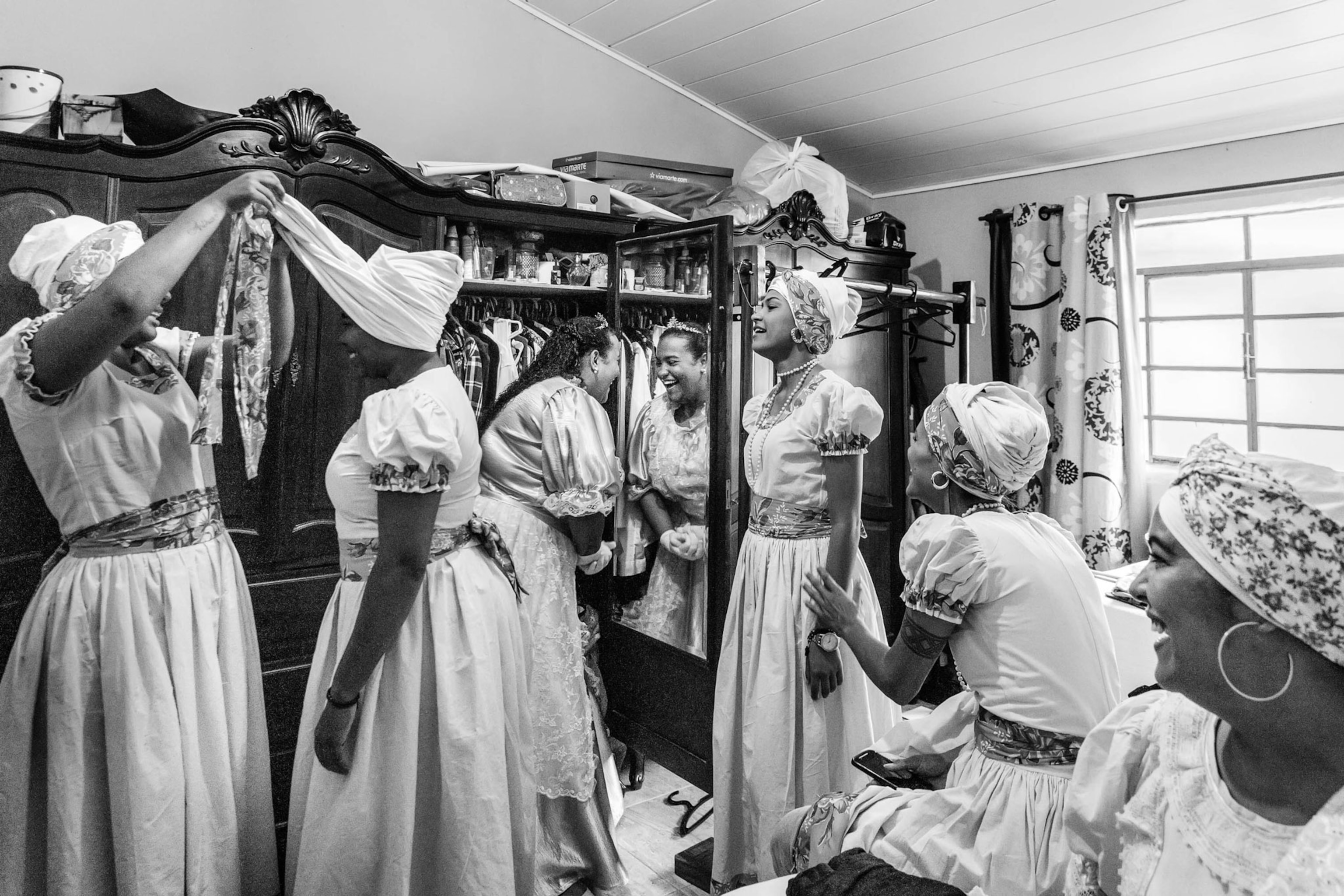
For residents, quilombos are an anchor of power in the push for racial justice, cultural identity, and religion. “We have a diversity of expressions in religion, dance, and music, whose dimensions are connected,” says historian Cassius Cruz.
Roman Catholicism is the dominant religion in Brazil, but evangelicalism is gaining ground. The percentage of those who say they practice religions of African origin also has increased, according to the official figures. One of the most popular is Candomblé, which includes music, dance, and other ritual expressions.
“For me, it’s really about ancestry,” says Juliana dos Santos Silva, 37. She had an evangelical upbringing in Rio de Janeiro, but her grandparents and great-grandparents practiced Candomblé. Santos Silva was introduced to it 11 years ago when she attended a ceremony to honor a deity. “I was captivated by the energy and joy of the people singing and celebrating,” she says, adding that the religious practices helped her mourn her father’s death and gave her a special connection to her grandparents.
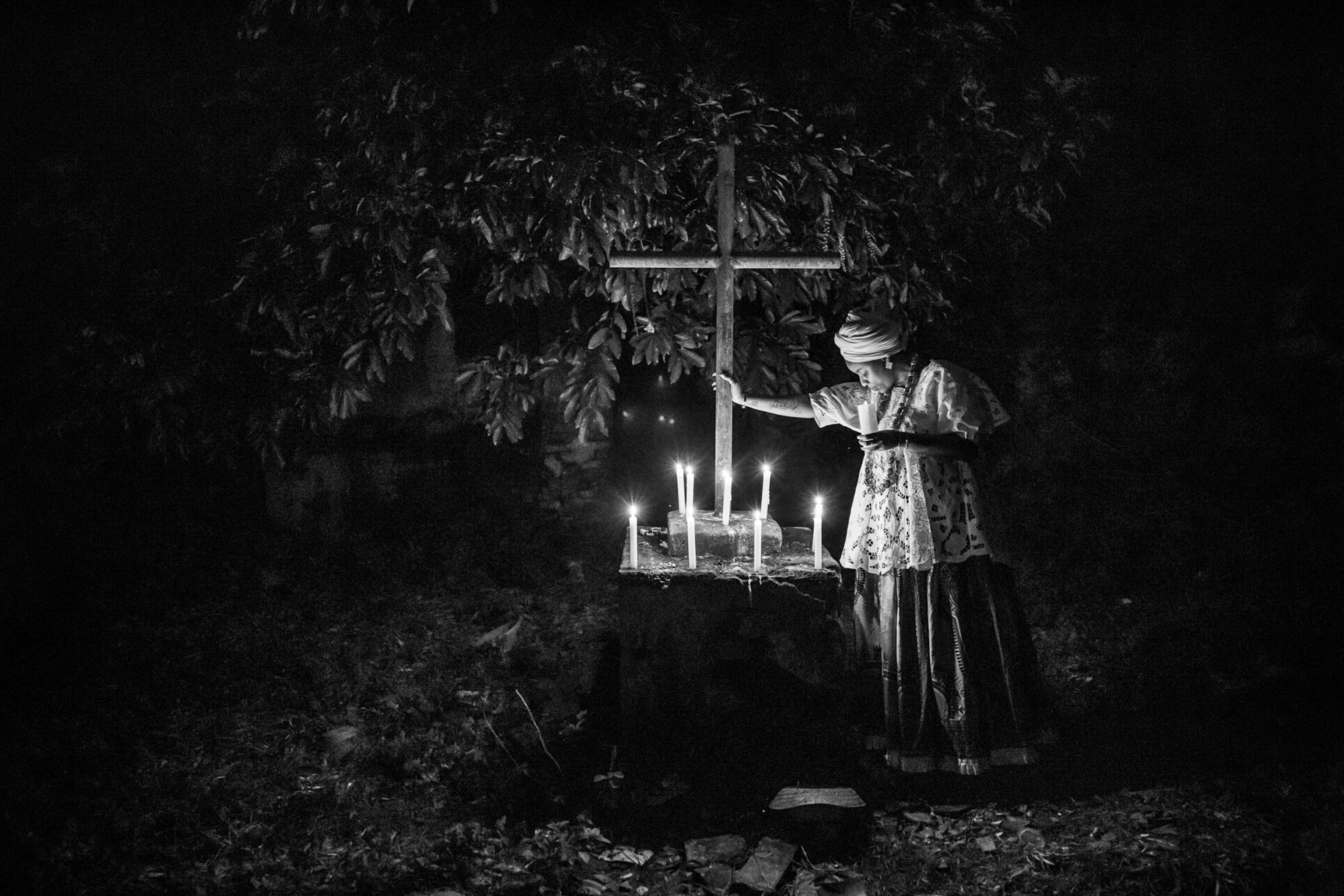
Still, some Candomblé believers are wary of practicing openly. Places of worship known as terreiros have been vandalized, and in 2021 the Ministry of Women, Family and Human Rights recorded 681 violations of freedom of religion or belief. “Many of my friends keep religion hidden,” Santos Silva says.
Franklin Moreira, who belongs to a religious folkloric ensemble with African roots in southeastern Brazil’s Minas Gerais, says it’s important to educate others about the history of quilombos, what they represent culturally and spiritually, and the role they have had in the growth of Brazil.
“We have to, with wisdom, show people that these are sacred places, where our ancestry is manifested, and therefore it has to be respected,” says Moreira, 30. “It is an ancestral legacy that we carry,” he adds. “This Brazil we know, with this culture, only existed thanks to the strength of our ancestors. They suffered a lot; they lived unimaginable pains. That is why it is so important to keep our quilombos alive, because they keep us resisting.”
This story appears in the October 2022 issue of National Geographic magazine.
This story originally published digitally on March 14, 2022, and has been updated with more detailed text and captions.

